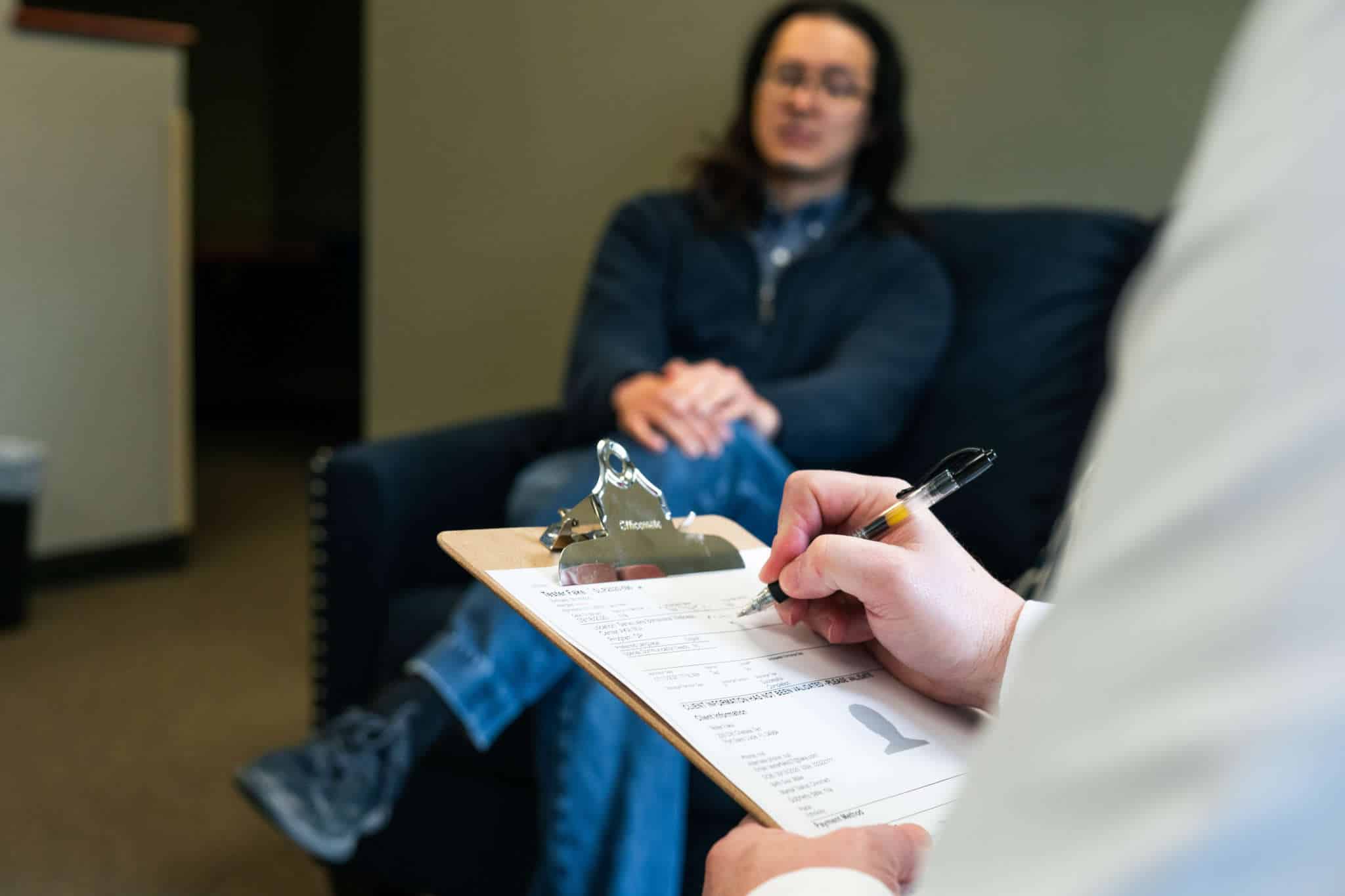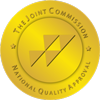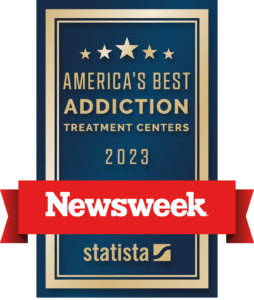Chronic Pain and Addiction Treatment Centers
While everyone experiences occasional pain in their lives, chronic pain is different. With chronic pain, the nervous system keeps firing for weeks, months, and even years. Treatment for chronic pain often includes opioids and muscle relaxers. However, this may lead to people struggling with both chronic pain and addiction.
What is Chronic Pain?
Chronic pain is pain that lasts more than 12 weeks. This pain ranges from continuous dull pain to severe pain. According to the CDC, in 2019, 20.4% of adults struggled with chronic pain. Furthermore, 7.4% had chronic pain that limited life and work activities in the last three months.

Signs and Symptoms of Chronic Pain
Struggling with chronic pain can be exhausting, causing emotional and mental changes. The more prolonged chronic pain lasts, and if it worsens, people may struggle with depression. They may also develop anxiety over when the next attack will hit.
The emotions from struggling with chronic pain often reduce the brain’s natural pain killers. For example, chronic pain reduces oxytocin, serotonin, and dopamine in the brain. In addition, chronic pain may weaken the immune system, increasing the risk of other illnesses.
Common symptoms of chronic pain:
- Pain
- Fatigue or excessive sleeping
- Exhaustion after regular activities
- Depression, anxiety, mood swings
- Decrease in appetite

What Common Conditions Lead to Chronic Pain?
Chronic pain is often difficult to diagnose. For example, chronic pain can be from normal aging and affects bones and joints. However, it can also be from injuries that didn’t heal correctly or from nerve damage.
- Injuries or surgeries
- Back issues
- Migraines
- Chronic Fatigue Syndrome
- Arthritis
- Infections
- Fibromyalgia
- Nerve damage
- Cancer
At the same time, doctors cannot diagnose some chronic pain. For this reason, doctors treat the pain symptoms and not the root cause of the pain. But, the medications used in treating chronic pain often lead to misuse and addiction. Further adding to the problems, many end up in chronic pain and addiction treatment centers.
What Medications Commonly Treat Chronic Pain?
Treatment for chronic pain typically includes physical therapy, medication, and occupational therapy. Therapies such as occupational and physical therapies help people with walking and completing everyday activities. But, some people need medicine and healthy living to improve pain levels, stress levels, and increase energy levels.

Medications commonly used in treating chronic pain include:
- Anti-inflammatory medications such as ibuprofen and naproxen
- Opioids such as Vicodin, OxyContin, morphine, codeine, and Percocet
- Steroids
- Muscle relaxers such as Baclofen, Ativan, and Valium
- Antidepressants such as amitriptyline, clomipramine, and doxepin
When Advil and other over-the-counter pain relievers don’t combat the pain, prescription muscle relaxers may be needed. In some cases, however, muscle relaxers can be addictive.
People who also struggle with depression treatment may include antidepressants. But, these medications can lead to withdrawal symptoms when stopped. Unfortunately, chronic pain and addiction issues are serious growing problems. This means access to chronic pain and addiction treatment centers is extremely important.


What Are the Risks of Misusing Prescription Medications?
Because no one wants to live in pain, prescription drugs are often popular in treating chronic pain. In most cases, doctors prescribe opioids to manage the pain. But, opioids are highly addictive, leading many to misuse these drugs.
In the beginning, people generally find pain relief from opioids. These pharmaceutical drugs are made to help people find quick pain relief. However, over time the body may develop a tolerance for opioids which makes the usual dose ineffective. As a result, the amount is increased to manage the pain.
The development of an opioid tolerance leads to an increase in dosage and a heavier reliance on opioids. This is extremely dangerous as it may also lead to misuse. According to the National Institutes of Health, 21 to 29 percent of chronic pain patients using opioids misuse them.

Commonly Misused Medications for Chronic Pain
Opioids, often called narcotics are the most commonly misused prescription medications. However, other drugs such as benzos and barbiturates are also misused when treating chronic pain.
The most commonly misused prescription medications include:
This drug combines acetaminophen and opioids. Vicoden is available in a variety of strengths as a liquid or a pill.
One of the most misused pain medications. It is available in immediate or time-released forms.
Percocet combines oxycodone and acetaminophen. It is effective in treating moderate to intense pain.
This opioid treats moderate to severe pain. However, it can cause breathing issues for some.
Although not an opioid, Valium changes brain chemistry. Valium is a benzodiazepine used to treat issues such as anxiety.
Chronic Pain and Addiction: Tolerance, Dependence, and Misuse
Chronic pain and addiction are common disorders because opioids bring pain relief and a feeling of relaxation and happiness. When a person stops taking the medication, they may experience cravings for those feelings. Furthermore, if opioids are taken for months or years, a person may develop an opioid use disorder.
Tolerance to pain medication starts once the dose needs to increase to feel the same effects. But, a dependence is needing the drug to feel “normal.” Without the normal amount, people may become irritable and depressed.
Lastly, misuse happens when a person is mentally and emotionally dependant on the medication. So, instead of taking medication for its intended use, it is taken to “feel good” or happy. Without the drug, a person may not seem themself or act unusually.

How to Avoid Addiction from Chronic Pain
If you are in pain, how do you avoid the downward spiral of chronic pain and addiction? To begin with, you must be honest with yourself and your doctor. Moreover, pain medications such as opioids should be a last resort in treatment. There is a variety of holistic therapies and psychotherapies to help manage pain.
Chronic Pain and Addiction Treatment Options
Chronic pain and addiction treatment centers offer various treatment options for people struggling with chronic pain and addiction. Both inpatient and outpatient chronic pain and addiction treatment centers specialize in treating chronic pain and addiction.

Detox Programs for Drugs, Alcohol and Chronic Pain
Although not everyone struggling with substance use disorder requires a detox program, those with alcohol and opioid use disorder generally do. That is because when a person stops drinking alcohol or taking opioids it typically triggers withdrawal symptoms. Withdrawal from opioids can be extremely uncomfortable, while some symptoms can be fatal. Symptoms include:
- Intense cravings
- Anxiety
- Flu-like symptoms
- Increase in heart rate
- Sweating
- Changes in blood pressure
- Tremors
For some struggling with opioid use disorder, the safest way to detox is through a medication-assisted treatment program or MAT. This program combines psychotherapy, behavioral therapies, and FDA-approved medications to assist in recovery.
The FDA approved three drugs to treat opioid use disorder:
- Buprenorphine – manages severe pain in those requiring an opioid analgesic.
- Methadone – reduces opioid withdrawal symptoms without producing the “high.”
- Naltrexone – blocks the effects of opioids
Psychotherapy for Chronic Pain and Addiction
- Change attitudes and behaviors related to chronic pain and addiction
- Identifies stressors and triggers that increase pain responses
- Builds healthy life skills
- Increases participation in other treatments
- Individual therapy treats chronic pain and addiction by setting goals, discussing setbacks, and celebrating wins. This one-on-one therapy allows members to be open about all their mental struggles involving chronic pain and addiction. Psychotherapy often involves behavioral therapies such as cognitive-behavioral therapy (CBT) and motivational enhancement therapy.
- Group therapy can help those in chronic pain and addiction treatment centers feel less alone. Members learn from other’s struggles and successes.
- Holistic or alternative therapies are drug-free ways to cope with chronic pain and the stress of addiction. Different holistic therapies include acupuncture, yoga, meditation, and physical therapy.
When Should You Seek Help for Chronic Pain and Addiction?
Living with chronic pain can make it challenging to know the difference between treating the pain and a substance use disorder. If you can relate to any of the following signs, you should speak to your doctor or chronic pain and addiction treatment centers to discuss your options.
Common signs you may need chronic pain and addiction treatment include:
- Combining medications, illicit drugs, and alcohol
- You can’t stop or reduce your medicines although you want to
- Struggle with depression or mood swings because of drug use or chronic pain
- Buying pain pills from friends, illicit drugs, or doctor shopping
- Selling medication to support your addiction
- Legal issues, relationship problems, and loss of employment
Chronic pain and addiction treatment centers such as Sana Lake Recovery can help you find a life free of drugs and alcohol while still managing your chronic pain



